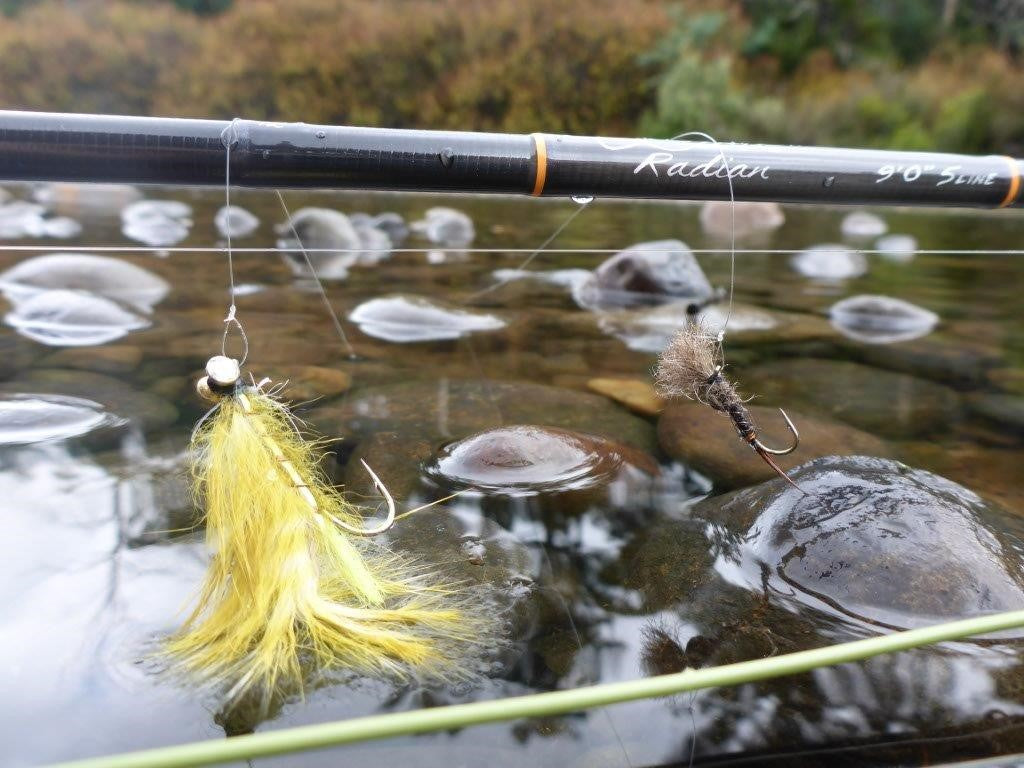Techy Thursday - Fishing the loop knot

When attaching flies to tippets, I have three knots that I have developed great confidence in due to their strength, being fast and easy to tie. The simple Blood knot, Penny Knot and Lefty’s Loop are my ‘go to’ knots and I use them all in different fishing situations.
Loop knots have long been used effectively by Salt Water Fly fishers to help impart movement on fly patterns like Gotchas and Clousers when chasing fish. Despite the common misconception, Loop knots can be simple to tie and lend themselves perfectively too many trout fishing situations.
Lefty’s Loop is a fast, simple and strong knot but along with other forms of loop knots, its main advantage is its ability to create more movement and more natural movement of the fly. Flies that incorporate weight in their head (bead head nymphs and bead woolly buggers and streamers) just scream out to be fished on a loop knot.
Patterns which imitate larger, swimming insects and smelt patterns come alive when attached using a Loop knot. Large Streamers swung across rivers or wet flies fished on a ‘strip / pause’ retrieval on still waters benefit greatly by using a loop connection.
Nymph fishing rivers is another form of wet fly fishing which loop knots are a great asset (particularly with bead head patterns like Simon’s Ugly) as they allow for a more natural fly movement with the fly moving in the current.
Loop knot connections are not limited to wet fly fishing. The Possum Shaving Brush is my favourite Maylfy emerger pattern to use on Tasmanian still waters where prolific hatches are common. I always fish the Shaving Brush on a loop knot. Using a loop knot when fishing this style of fly enable them to hang perfectly in the water at a 45% angle, representing the natural emerging insect more closely than a fly floating on the surface.
If you are not fishing loop knots now, get out on the water and give them a try. You won’t regret it!
